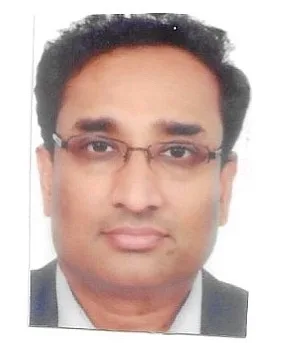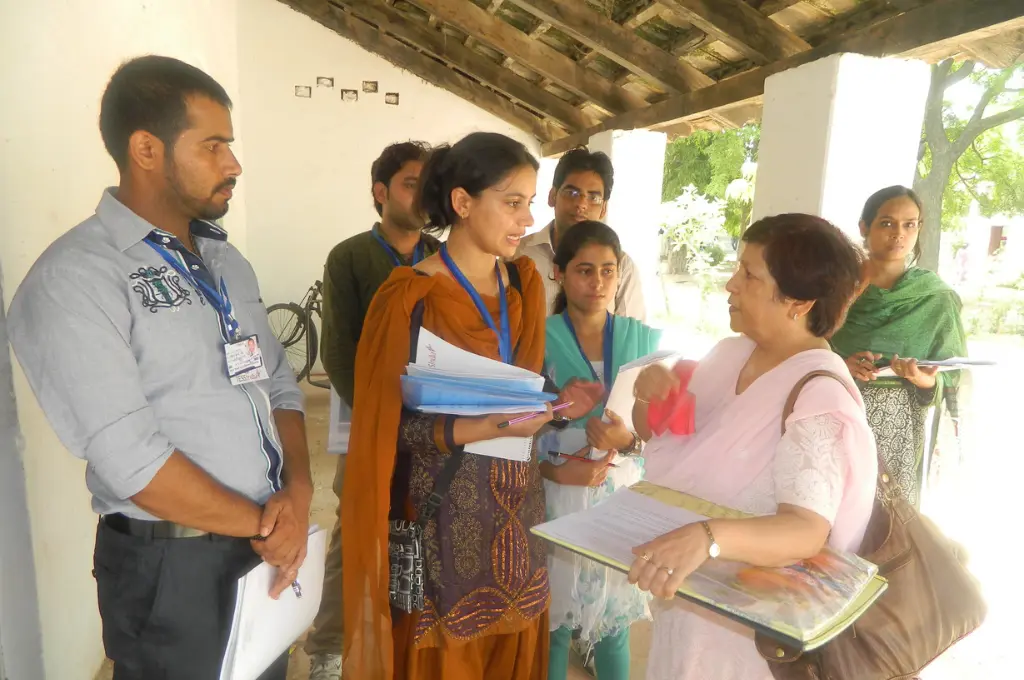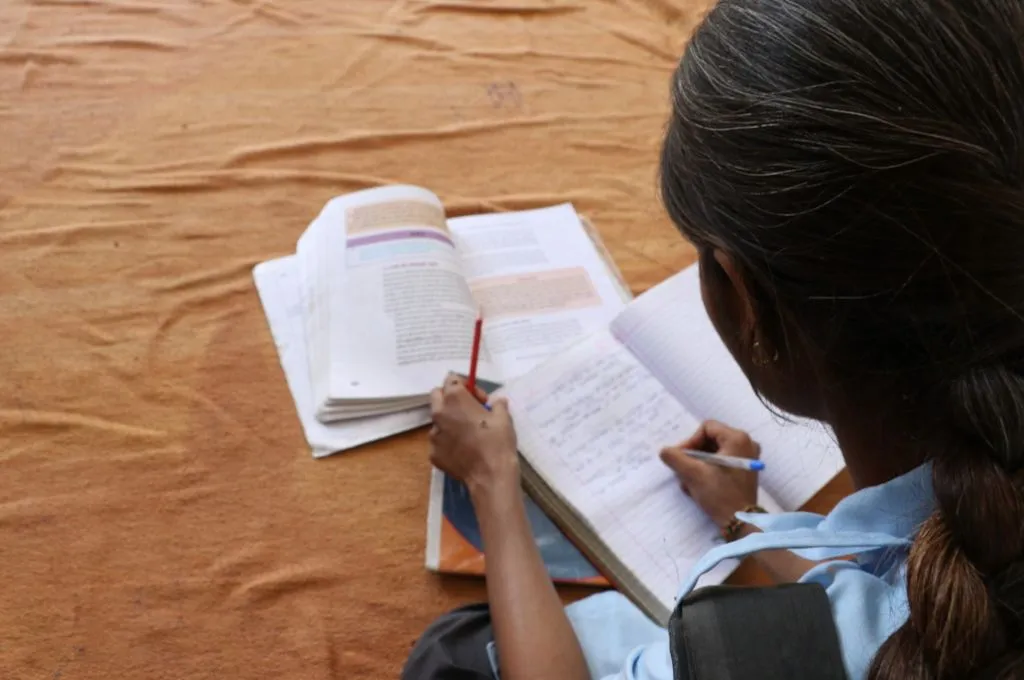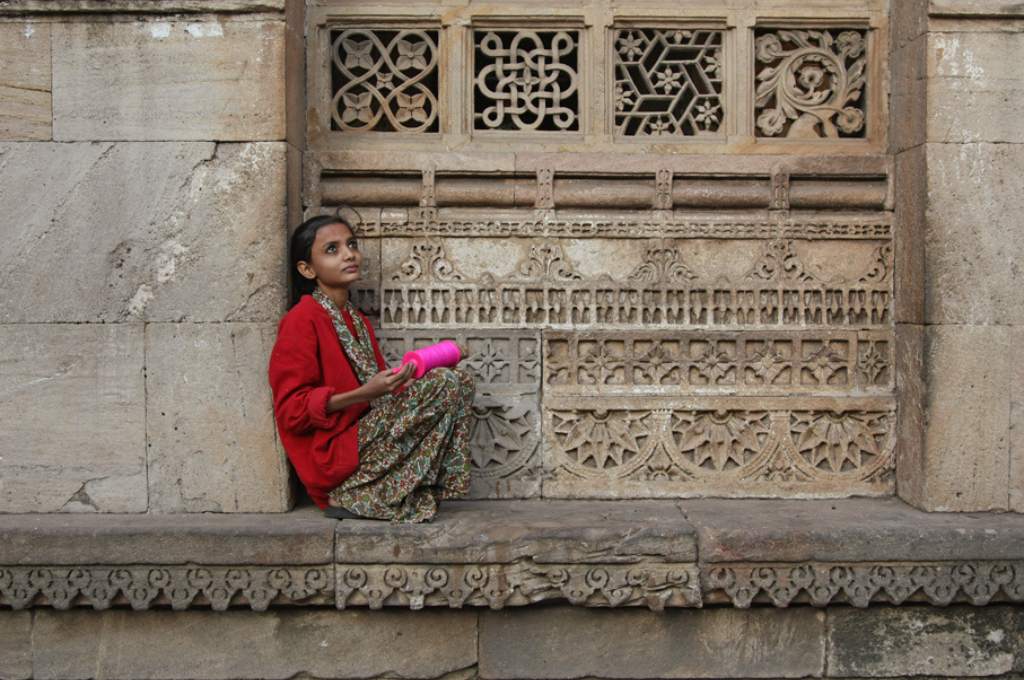For centuries, Indian communities have been deeply intertwined with the arts—from oral traditions to performing arts such as theatre, music, dance, and poetry. These art forms have long played a vital role in festivals, community gatherings, and cultural celebrations across the country, serving both as expressions of identity and as mediums of storytelling. For instance, in Andhra Pradesh, a community mobiliser donned the garb of a ‘corona demon’ to creatively raise awareness about the COVID-19 pandemic, while in Bihar, women farmers have been singing traditional songs to spread awareness about natural farming.
These and many similar examples demonstrate how the arts not only communicate critical issues but also engage communities by drawing from their lived experiences and cultural heritage.
In India, a handful of social purpose organisations (SPOs) are leveraging diverse art forms across multiple social sector domains. Here are some examples:
- Education: The arts can help enhance social–emotional learning (SEL) skills such as communication, collaboration, perseverance, imagination, and critical thinking. This can help children thrive creatively and emotionally. For instance, Manzil Mystics, a group of musicians, uses music to help children from marginalised communities develop a critical understanding of the world around them. In addition to fostering creativity and confidence, music makes complex topics—such as menstrual hygiene and reproductive health—more accessible and less intimidating. Similarly, Baithak Foundation uses traditional music and dance to create a safe learning spaces that support the psychological well-being of children and teachers. Slam Out Loud employs visual and performing arts—such as theatre, poetry, and storytelling—to build SEL skills in children from underserved communities.
- Collective action: The arts serve as a powerful platform for marginalised communities to share their stories and experiences. Aagaaz Theatre Trust, for instance, uses theatre and the arts to bring communities together, share lived experiences, and create space for their narratives. Through collaborative performances and workshops, they help communities tell their own stories and spark dialogue around social issues.
- Gender sensitisation: The arts help create safe spaces for conversations on reproductive and menstrual health, as well as gender roles and identities. MukkaMaar, a Mumbai-based nonprofit, leverages theatre to equip adolescent girls with the confidence to recognise and confront gender-based violence.
- Mental and emotional well-being: Music, theatre, and painting can be used to create safe spaces for expression and healing. Saturday Art Class, a nonprofit aiming to bridge the gap in art education, works with children from underrepresented classes. By integrating visual arts into learning, the organisation offers children a safe space to express and build creative thinking in their formative years.
- Livelihoods: The arts sustain the livelihoods of artists from diverse backgrounds and skill sets. Baithak Foundation runs a three-year flagship programme that introduces children to traditional arts through school concerts, workshops, and ongoing training sessions. The programme provides livelihood opportunities to more than 200 young traditional artists from economically disadvantaged backgrounds. Similarly, Anahad Foundation works with folk musicians to preserve traditional art forms. The organisation brings portable, battery-operated production technologies, helping artists from various indigenous communities record professional-quality music and videos.
A report by ArtPlace America highlights 13 distinct roles that the arts can play when integrated with development programmes, including centring people, cultivating individual agency, reflecting community identity, healing community trauma, and ensuring cultural continuity.
However, despite visible successes, the use of the arts in India’s development sector remains confined to isolated efforts and sporadic support from well-wishers, funders, and the communities these SPOs operate in.
The transformative potential of the arts remains largely untapped
One major reason arts for social change has not been widely embraced is that in popular imagination, it is viewed as the preserve of elite society, rather than as something embedded in the spaces that most people inhabit every day. Art is often associated with grand theatres and galleries in major cities, but the fact is, it has always been an integral part of daily life across India.
This disconnect in how art is perceived—as something elite or peripheral—also shapes how it is funded. When art is not recognised as being central to social change or public life, funders may be less inclined to invest in it, particularly because the outcomes aren’t always immediate or easily measurable.
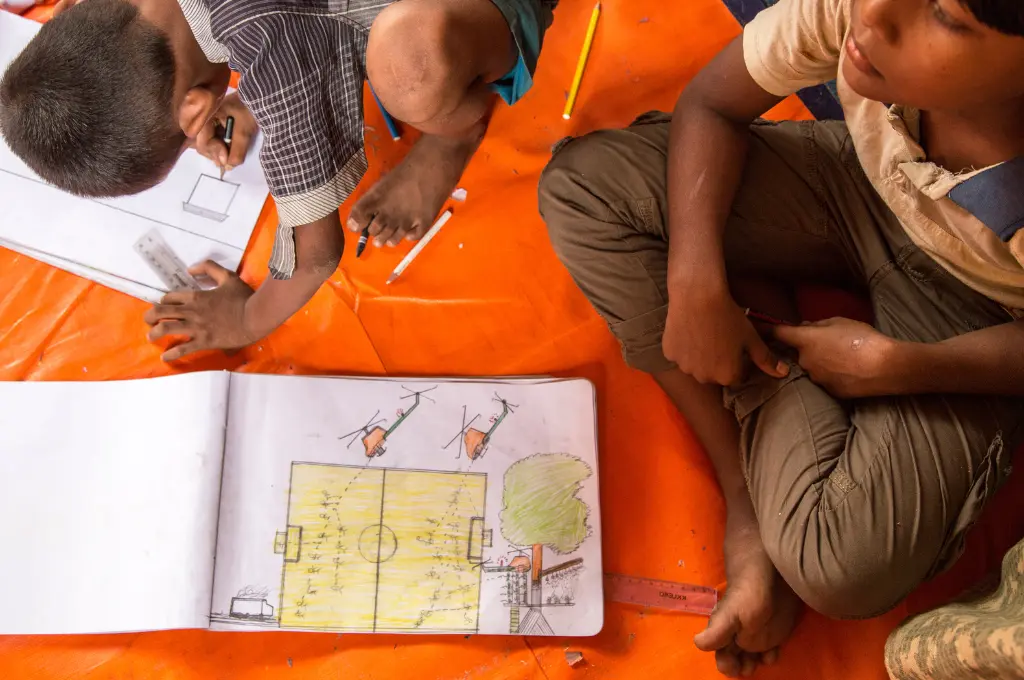
To truly support arts for social change, this mindset needs to change. Funders must move beyond viewing support for the arts as a form of patronage and instead invest in sustained, community-rooted efforts that make the arts accessible, relevant, and impactful across diverse contexts.
Here are some things funders could reflect on to catalyse the role of the arts in the social sector.
- Creating forums for dialogue: There is a need to convene deliberate and meaningful forums to foster a shared understanding of the role of the arts in development. These spaces can support focused research, systematically synthesise and disseminate learnings, and ultimately build a vibrant, symbiotic partnership between the arts and the social sector. At a recent gathering organised by Ujwal Impact Advisors, approximately 30 funders were introduced to SPOs working with music, theatre, visual arts, and poetry. The goal was to help them see how such art forms can drive social change. These conversations allowed funders to better understand how to embed arts into their theory of change, prompting many to consider funding the arts.
- Building collaborations: Partnerships between large nonprofits and smaller, arts-focused organisations need to be encouraged—but this connection must be intentional. For example, Pratham has worked with Manzil Mystics and Saturday Art Class to explore how an SEL curriculum driven by music and visual arts can nurture creative confidence among children. These early experiments also offer a blueprint of how funders can encourage nonprofits in their portfolios to adopt an arts lens to their work by partnering with arts-based organisations.
- Creating systemic enablers: Structural changes need to be introduced to the sector to ensure continued application of the arts. For instance, the Annual Status of Education Report (ASER), could incorporate exposure to the arts and the consequent classroom impact as one of its parameters. Over a period of five to 10 years, this could generate the appropriate data to inform stakeholder actions. Such enablers are important to unlock the relationship between the arts and the social sector.
- Prioritising long-term change over short-term goals: In many areas in the sector, results are immediately visible. One can invest in building schools and witness direct impact within a year or two, or one can run health camps and see quick and measurable outcomes. But what happens when outcomes are visible only in the long term? A single workshop on gender, for instance, will not erase gender-based oppression from a community. This is precisely the kind of challenge where the arts are most effective. But this requires funders who are willing to be patiently supportive of long-term ecosystem changes.
- Partnering with the larger ecosystem: In addition to funding, there is a need to create accessible and mainstream spaces where these conversations can happen. India hosts a range of festivals that draw large, diverse audiences with an interest in the arts, such as the Jaipur Literature Festival and the Serendipity Arts Festival. Some of these spaces can perhaps be used to talk about the role of the arts in the social sector.
The arts have been vastly underutilised by the social sector. But funders can play a catalysing role in embedding them into the sector. The social sector needs more from the world of arts and the world of arts needs more from the social sector.
This article was updated on April 18, 2025, to incorporate minor changes in language.


